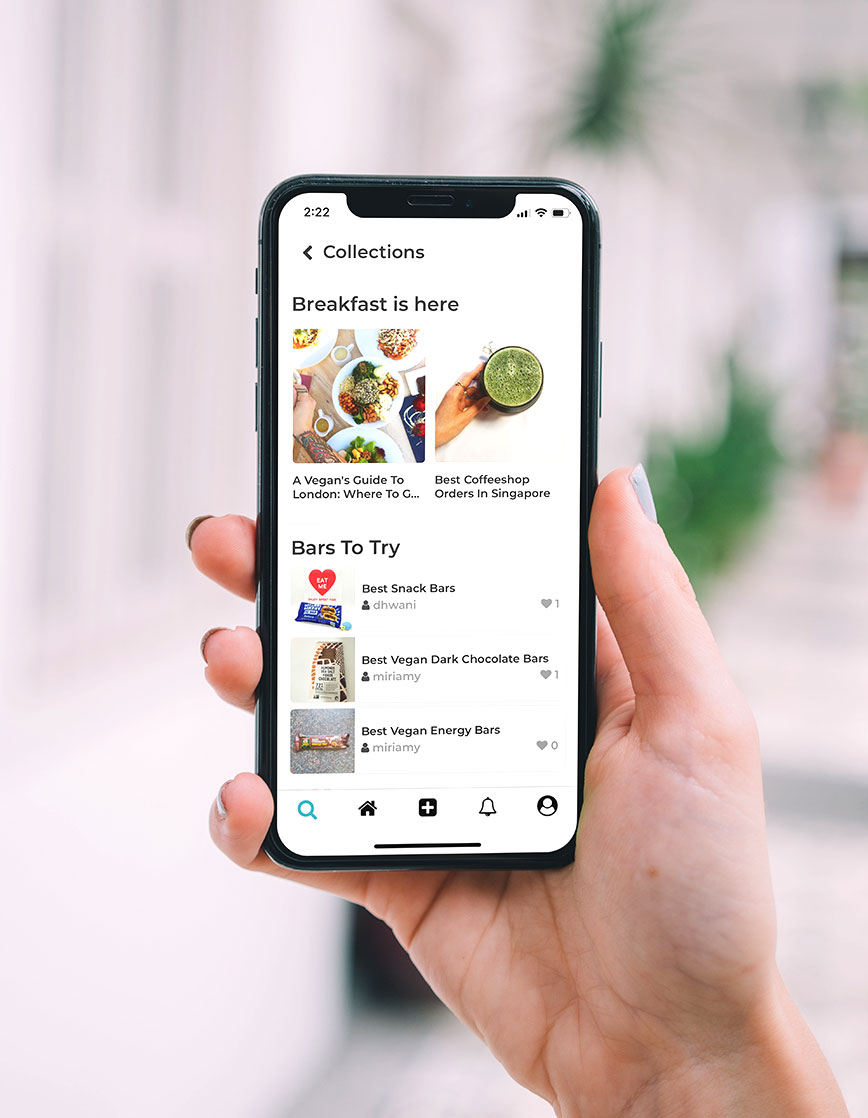How to Build a Responsive Web App with React and Bootstrap
How to Build a Responsive Web App with React and Bootstrap

Introduction
Building a responsive web application that looks great and functions seamlessly on various devices is crucial in today’s digital landscape. React and Bootstrap are two powerful tools that can help you achieve this goal efficiently. In this guide, we’ll walk you through the steps to create a responsive web app using React and Bootstrap.

1. Set Up Your Development Environment
Before diving into development, ensure you have the necessary tools and dependencies installed:
- Node.js and npm (Node Package Manager)
- A code editor (e.g., Visual Studio Code, Sublime Text)
- Create React App (a tool for creating React applications)
You can install Create React App globally using the following command:
2. Create a New React Project
Use Create React App to create a new project:
Replace “my-responsive-app” with your desired project name. This command sets up a basic React project structure.
3. Add Bootstrap to Your Project
You can integrate Bootstrap into your React project by installing the Bootstrap package:
Once installed, you need to import the Bootstrap CSS into your project. Open the src/index.js file and add the following line at the top:
4. Create Responsive Components
Building a responsive web app involves creating components that adapt to different screen sizes. Utilize Bootstrap’s grid system to create responsive layouts. You can use the Container, Row, and Col components to structure your content.
In the example above, the content will stack vertically on small screens (xs) and display side by side on medium screens (md).
5. Implement Responsive Navigation
For responsive navigation menus, Bootstrap offers the Navbar component. You can customize it to suit your app’s design.
This code creates a responsive navigation bar that collapses into a mobile-friendly menu on smaller screens.
6. Test and Optimize
Finally, thoroughly test your web app on various devices and screen sizes to ensure it looks and functions as expected. Use browser developer tools to simulate different screen sizes for testing.
Optimize your app’s responsiveness by fine-tuning CSS, adjusting layout breakpoints, and making design adjustments as needed.
Conclusion
Building a responsive web app with React and Bootstrap empowers you to create user-friendly experiences across a wide range of devices. By following the steps outlined in this guide, you can efficiently develop a web app that adapts to different screen sizes and provides a seamless experience for your users.


